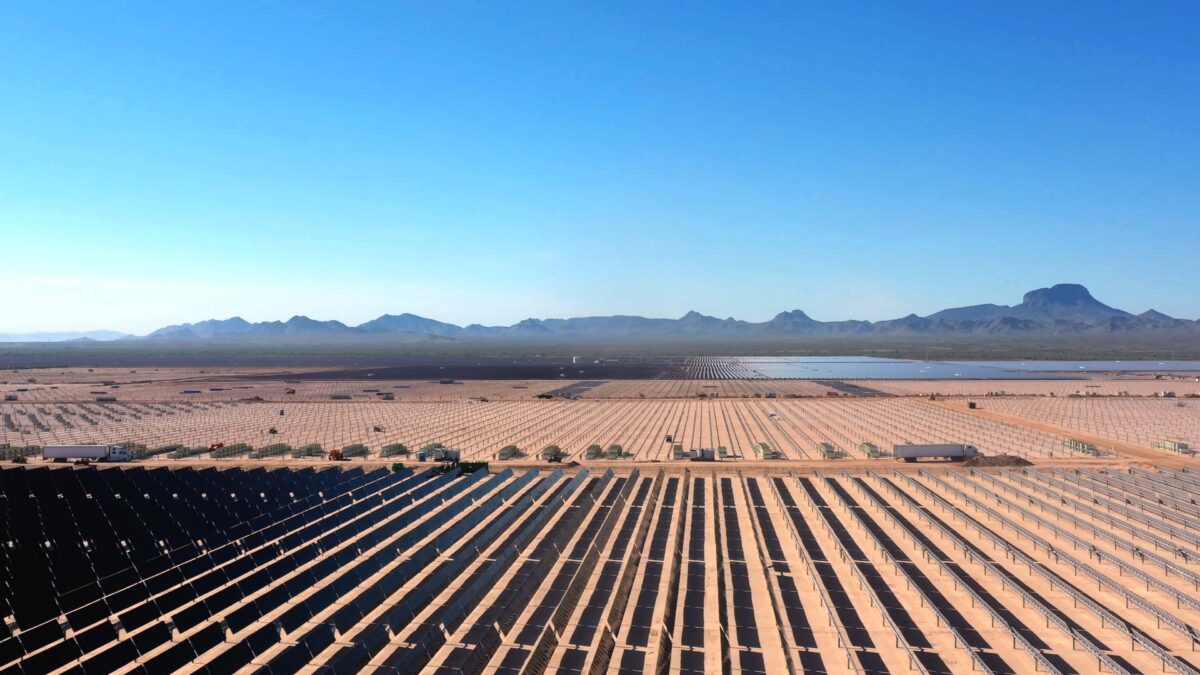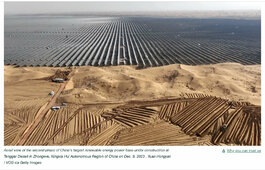Here’s some pictures of an existing large scale solar system built in the desert. This is what they are doing and what they want to do to other locations. Such a sterile barren place compared to what was there. This is not minimizing man’s impacts upon nature.
Pictures of the Tucson, AZ facility are off of the PV Magazine website. There’s a quote from this article that you should note….”
Rooftop solar leads to less land use, less costly transmission infrastructure buildout, and less electricity line losses when compared to centralized utility-scale power.” So let’s cover our buildings with solar. It’s the smart solution!
The link below is to an article in PV Magazine regarding a possibility tax on solar power exports but this is where those Tucson pics came from.
Solar assets that export electricity out of the state would be taxed 12.5% per every dollar of revenue made from the sale of electricity.

pv-magazine-usa.com












